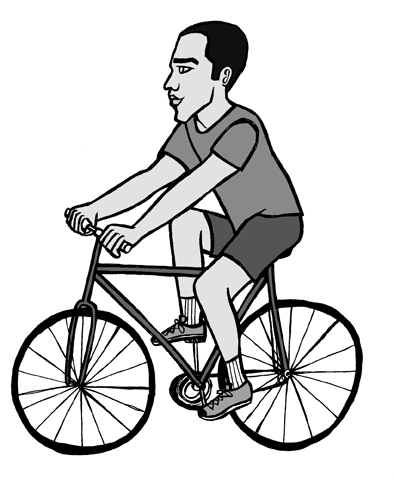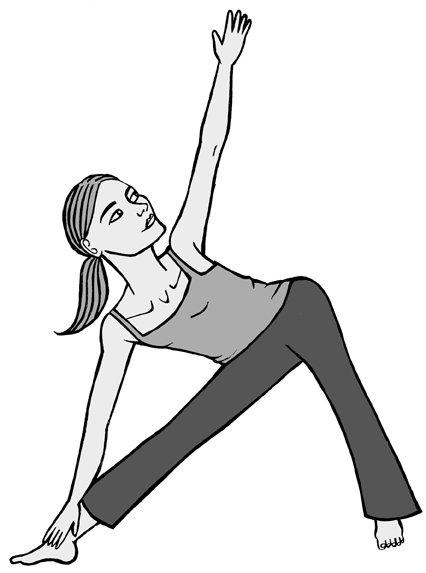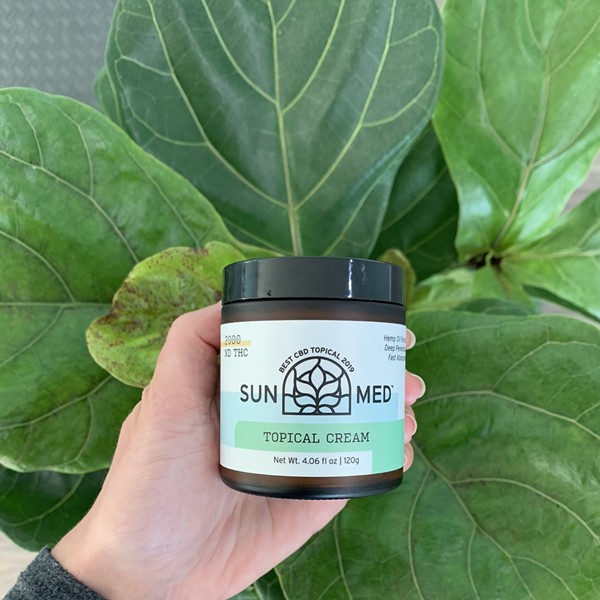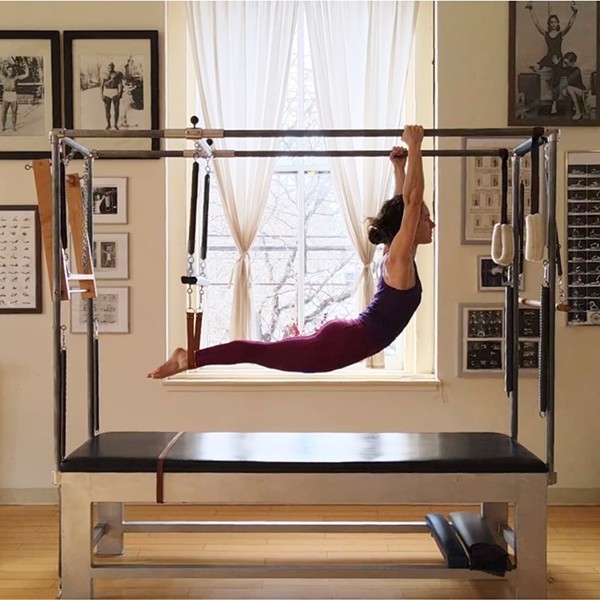Ah, the New Year. A chance for new beginnings at the drop of a calendar page. New Year’s resolutions may fizzle after a few months; unrequited intentions seem to be a part of human nature. But many resolutions are indeed fulfilled, at least enough so to launch a new direction. Changes toward a healthier lifestyle are often in the mix. How does your current reality differ from your greatest vision for yourself? What steps could get the reality closer to the vision?
Some of our area’s health practitioners told us what comes to mind as their top tips to escort you to wellness, not just at the turn of a year, but anytime.
Exercising Will and Power
Dr. David Ness, a leading sports chiropractor based in New Paltz, treats a lot of the area’s top elite runners and triathletes. He recommends that you “have a vision and a plan for how you want to feel physically, mentally, and spiritually. Write it down. Read it daily, visualize it, and take action.” As an expert in physical fitness, he says that scheduling exercise into your weekly routine is key. “Some how, some way, exercise three to five times per week, for 30 to 60 minutes, minimum.”
To help keep up a commitment to the schedule, especially if it’s new to your routine, Ness advises, “Set specific days and times to do your favorite routine. Be it yoga, Pilates, tai chi, running, biking, or going to the gym to work out. Do it on set days for set times. Vary the types of exercise you do to help build a balanced body. Alternate between strength training days and aerobic training days. If you are the type of person who cannot self motivate, pay someone to motivate you!” This could mean investing in a personal trainer or coach, Ness says, or ordering a few yoga, Pilates, or other exercise DVDs to do at home. “The same rules apply, though. You must set specific days and times to do your routine, and stick with it.”
Ness also emphasizes the importance of taking time to rest and recover. “If you have to be in one posture or position for a long time, try to find the time to use the opposite muscles and body position to balance the body out. Doing this will help you avoid overuse and repetitive strain injuries related to sports, work, musical instruments, and hobbies.”
Speaking of Yoga
Yoga continues to be a very popular exercise avenue. But it’s much more. “Yoga is for everyone,” says Debi DiPeso Medeski, director of Bliss Yoga Center in Woodstock. “That is one thing I love about it. There are many reasons why one should start or maintain a regular yoga practice. On a physical level, yoga brings increased stamina, flexibility, and healthy bones and joints. On a psychological level, yoga can improve concentration, lift your mood, and heighten your attention span. And then there are biochemical benefits such as decreases in cholesterol and blood pressure.”
But yoga’s advantages go beyond those realms, she adds. “It is a way of connecting to our life force through our breath, and to our spirit through meditation. Yoga means union—to yoke or unite. I believe we are all looking for the union between our selves, each other, and the natural world around us. Conscious community is essential in this day and age—there is a big shift in human evolution coming, and we can prepare ourselves for it with a steady and dedicated spiritual practice. We are in a time where it is important to stay grounded to the earth, to increase our capability to hear what it needs, to be aware of our actions and to learn how to move with gentleness and grace. Yoga teaches all of this. We have much work to do in our lives. It is why we are here—to grow and to become more aware beings. Ram Dass once said that the most important thing that I can do for you is to work on myself, and the most important thing you can do for me is to work on yourself. Practicing yoga in any or all of its forms is one of the best things we can do for ourselves, for each other, and for our mother earth.”
DiPeso Medeski gives these tips to starting a yoga practice. Check out a few studios in your area and make sure that you connect to the space, the teachers, and the students. Start with a beginner class, and then buy a class card package, which gives you several sessions for the up-front price. “That ensures a commitment so you’ll stick with it.” Once you’ve started, be patient with yourself. Allow for the teachings and enjoyment of yoga to work its magic gradually and peacefully. “Learn to let whatever comes up rise to the surface, and practice observing. You will soon see old patterns fall away as you create more inner space for new possibilities to arise. Tapping into your highest potential can be scary and exciting, so just enjoy the ride.”
Feasting for Health as if Economics Mattered
Vicki Koenig, a nutritionist with a private practice based in New Paltz, was one of the first people in the Hudson Valley to practice nutrition counseling. She works with individuals and businesses, and is nutritionist for Stonyfield Farm in New Hampshire (and authors its Wellness Moosletter online, as well as answering customer questions). “You have the new year, and an interesting and challenging economic time,” she says. “So how do you accomplish your goals for health when there are other pressures in life? How do you manage? This is what life is right now. So, let’s prioritize.”
Buying organic foods is important, even thought they still tend to be more expensive than conventionally grown foods. “It’s important to look at the big picture for your health and the planet’s, and for farmers’ health,” says Koenig. “The main foods to emphasize when choosing organic over conventional are dairy products, meat, and certain produce. Organic is best for dairy and for meat because you’re sure you’re not getting antibiotics or hormones fed to cows, and you’re supporting local producers. You get better quality.” For fruits and vegetables, buy organic when you can. Also, check a guide to see which ones are sprayed the most and the least (e.g., Stonyfield’s Shoppers’ Guide to Pesticides in Produce, available at www.stonyfield.com). The guide lists the dozen fresh fruits and vegetables in stores that consistently have the highest pesticide residues, and the dozen that consistently have the least. Those with the most are apples, bell peppers, celery, cherries, grapes (imported), nectarines, peaches, pears, potatoes, red raspberries, spinach, and strawberries. Produce with consistently low residues of pesticides are asparagus, avocados, bananas, broccoli, cauliflower, corn (sweet), kiwi, mangos, onions, papaya, pineapples, and sweet peas. And, contrary to what you may think, frozen vegetables and fruits can be nutritionally superior to fresh produce. “They were usually picked and frozen in the same day,” says Koenig. “They are higher in vitamin C and B vitamins than produce that’s been sitting around while it’s transported, and then in the fridge for a week.”
One way to save some bucks and garner health advantages is to cut back on portion size. Many folks are trying to loose some weight, so eating a little less helps, while also saving money. Koenig recommends eating smaller portions of animal protein in particular. “They are the most expensive item on your plate. Eating more vegetarian meals is a good thing to do. Make bean soup or chili—you can do quite beautiful meals with beans. Experiment with tofu and tempeh. This is a great opportunity to get together with a group of people to share vegetarian recipes or experiment with them.”
Koenig has a host of other suggestions to save money and still eat well. “Bring your lunch more often to work. Have heated-up leftovers. At restaurants, look for coupons or cards that give you a free entrée after having bought a certain number. Another idea is buying foods in bulk if you eat them regularly. A natural food store often will give you 10 percent off. If you can’t put up that much money at once, buy with a group of friends or with family. This might be a good time to join a cooperative buying club where you can buy cases of items, or large bulk amounts at a discount, then split it up.”
Your Whole Health Portrait
Naturopathic Doctor and acupuncturist Sam Schikowitz, based in New Paltz, describes health as “an overarching measure of the quality of life.” He sees the New Year as a good time to reflect on your past and think about what you would like more of in your future. “I suggest expanding the tradition of new year’s resolutions into a yearly goal-setting session,” says Schikowitz. “Goals often focus on work and career. However, we feel better about goals and benefit more when we include social/family goals and personal growth/health goals. As a naturopathic doctor, improving the health of my patients can include addressing any or all of these categories.”
The following are four goals that Schikowitz encourages his patients to make and to keep, so they may experience the biggest improvement in health:
1. Listen to your body and feelings more. “Not paying attention to these inner sources of wisdom is one of the most common roots of disease. Pay attention to the stress in your life, and find ways to minimize it. This could include changing your life or just incorporating stress-reduction techniques or acupuncture into your life. Spend more time in the present with joyful activities like art, movement, and music.”
2. Eat better! Schikowitz recommends three main areas:
Watch your blood sugar. Eat regular meals. Combine carbohydrates with protein, fat, or fiber, and get protein in the morning. Be careful with sugary foods.
Reduce toxicity in your diet. Boycott or reduce factory farmed animal products, especially farmed salmon and conventional butter. Schikowitz’s website has links to help find the least-toxic seafood and produce (www.trueabundancehealth.com).
Increase the vitality of your food. Local, organic, fresh, unprocessed foods have more available nutrients and less degradation. Shop around the outside of the grocery store and avoid the packaged goods in the middle.
3. Move your body! “The body moves best in the early afternoon,” says Schikowitz. “But people who schedule exercise first thing in the morning are more likely to keep their regimen consistently. There are several categories of exercise, and Schikowitz recommends participating in a variety: Cardiovascular or interval training, strength training, flexibility training, including Pilates and yoga, and integrated activities like dance classes, sports, or martial arts that integrate movement with skill and a little adrenaline. One of these activities, like jogging, biking, or yoga, can be used as an outdoor or meditative activity.” At minimum, he says, do one to three activities per week.
4. Get help! “Work with someone who can help you clarify your specific needs, tailor your regimen safely and effectively to meet those needs, and put the whole picture into perspective. Find a holistic practitioner can guide you through the maze of decisions about diet, exercise, lifestyle, medications, herbs and supplements, emotional issues, and other health-related questions.”
Can You Do It? Yes, You Can!
Blair Glaser, a multidimensional psychotherapist based in Woodstock and New York City, applauds the intention of moving toward greater wellness at the beginning of each year, but knows that for many people “the gulf between knowing what to do, and doing, is wide. It can be so difficult to find the time and space to do things—even those that make us feel good.” Looking a little deeper at the psychology of motivation, she says that what blocks us from acting on things that we know will make us feel good may sometimes be “a deep and unexamined level of self-judgment that is too entrenched to allow for the movement towards good things. The prospect of change, even for the better, can be so daunting that it that takes some people a minor crisis—and other people a major one—to move toward health.”
How to tackle this quandary? “If you relate to this dilemma,” says Glaser, “I would suggest to first contemplate readiness for well being—imagining what it would feel like to be ready to have space in your world for more healthy things. Imagining what it would feel like to move effortlessly toward things that make you feel good, and how you might feel after doing them. How would increasing your health and happiness affect your relationships? It is a preliminary process of invitation and letting go, rather than doing.”
Then, maybe you can find a few minutes each day, for starters, to take action. “Can you find one thing that you love to do, that centers you in just being?,” Glaser asks. “Connecting with a beloved pet or person, listening to music, meditating or creating a piece of artwork—these simple things enhance emotional and spiritual well being. These days I walk my dog every morning for at least 30 minutes, with few exceptions. Having another being to attend to motivates me to get outside, and the daily ritual is very valuable to both of us. Some days, as I get my body moving and my heart rate up, I feel everything inside wake up and fall into place. My breath deepens. I appreciate the quality of the air, the way the light hits the bare trees or the way the wind whispers in my ear; I feel my own heart as I enjoy walking besides my happy dog. Other days, I am lost in a cloud of thought, and I must strain to turn my focus away from the endless stream of internal chatter in order to take in my surroundings. Either way, it is a great ritual for starting the day and marking where I am as each day begins, and it helps me assess the tone of the day.”
And, Glaser reminds us, “Whether you take steps to better yourself or not, love yourself no matter what.”



















